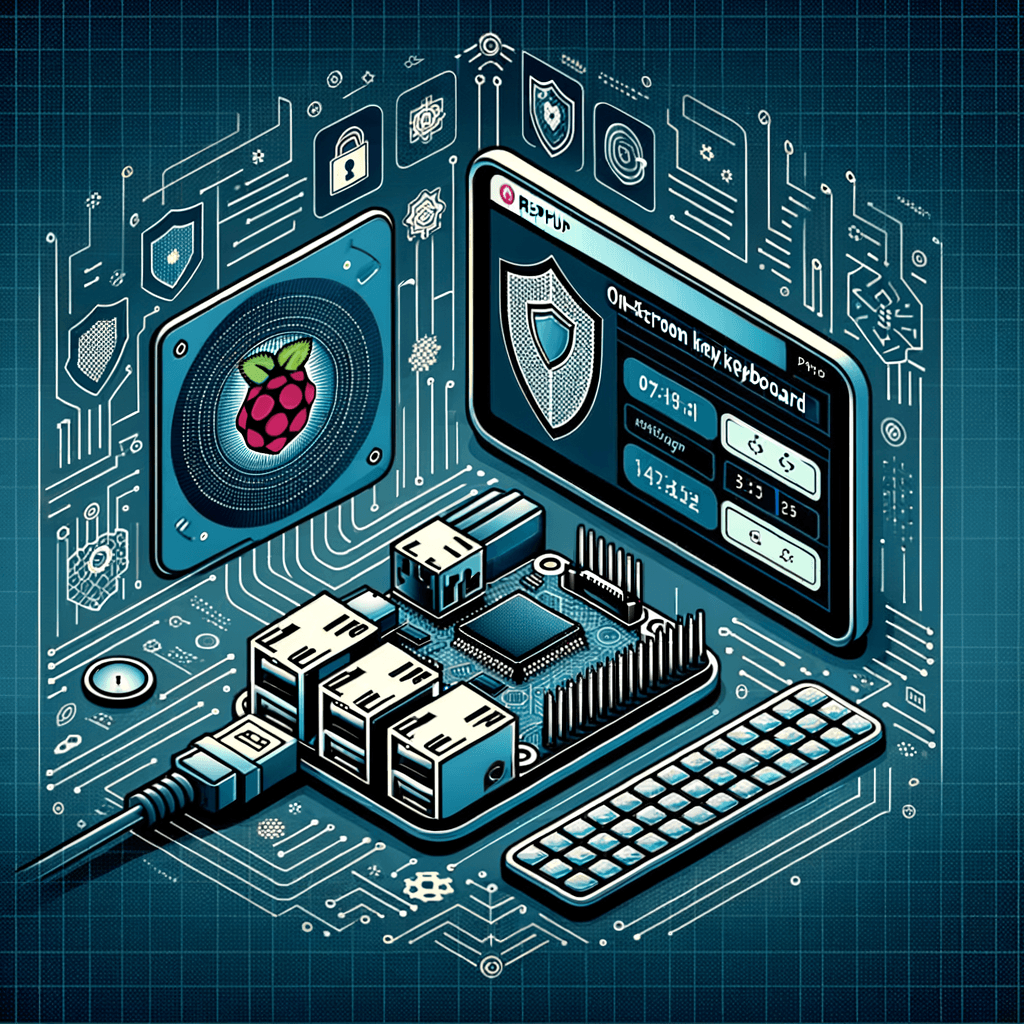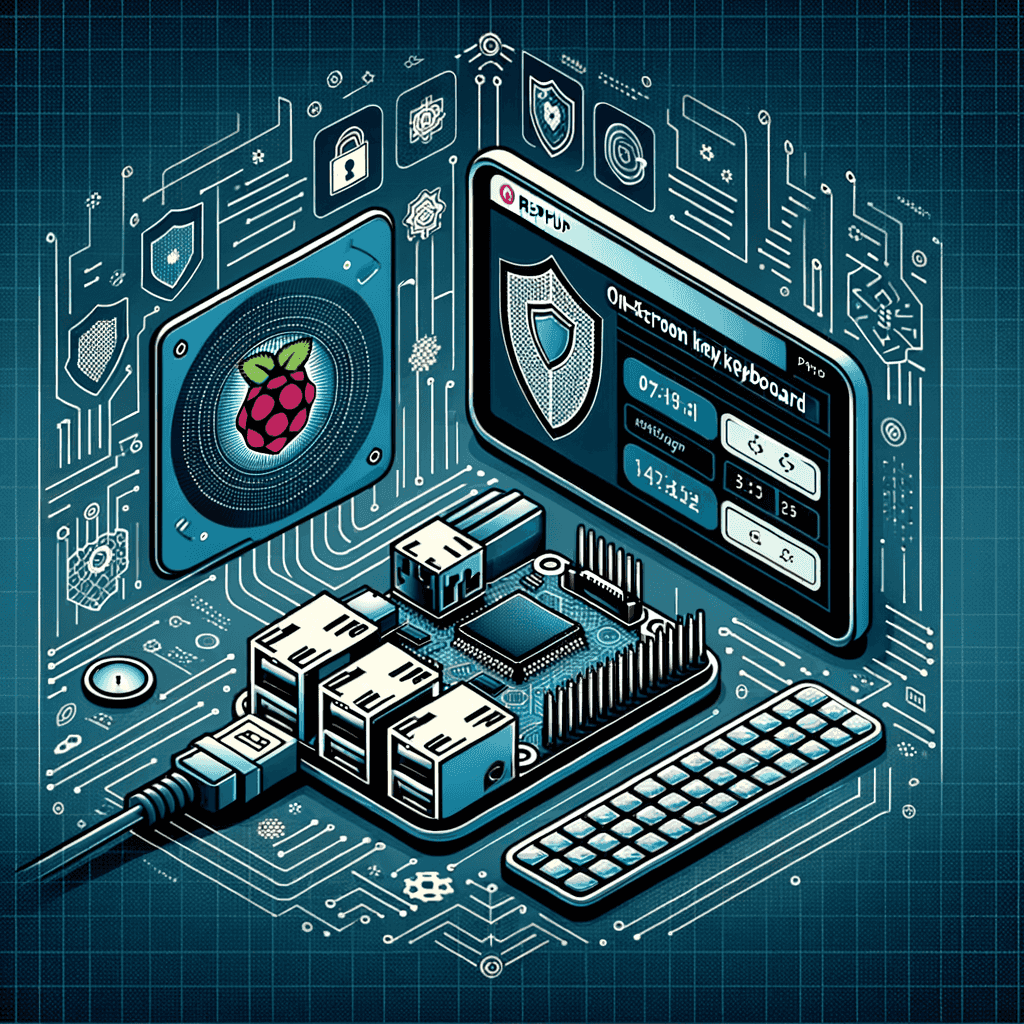Ever felt overwhelmed by the clutter on your computer? Imagine having a neat, organized space where everything just works seamlessly. That's the magic Symantec Workspace Virtualization can bring to your digital life. At its core, it's like a clever organizer for your computer's applications and data, keeping things tidy and efficient.
You might wonder, "What exactly is Symantec Workspace Virtualization?" Simply put, it's a tool that creates separate, virtual environments on your computer where you can run your applications without them tripping over each other. It's about making your computer smarter, faster, and more reliable.
In the bustling world of tech, staying ahead can mean the difference between success and frustration. Whether you're a busy professional, a student juggling assignments, or someone just looking for a smoother computing experience, understanding this tool could be a game-changer.
This article will walk you through what Symantec Workspace Virtualization is, how it functions, and how it could transform your digital workspace. It will also explore the benefits and potential challenges you might face. Dive in, and you might just find the key to a more streamlined and stress-free interaction with your computer.
Understanding the Functionality of Symantec Workspace Virtualization
Now that we've introduced Symantec Workspace Virtualization (SWV), let's dive a little deeper into how it works and what it can do. Think of SWV as a master chef in a bustling kitchen, keeping all the ingredients (your applications) separate until they're needed, then bringing them together seamlessly to create a perfect dish (your computing experience).
So, how does SWV do this? It uses a concept called 'layering'. Each application on your computer is treated as a separate 'layer'. These layers can be instantly activated, deactivated, or reset, giving you complete control over your applications.
Let's say you're working on a project and your application suddenly crashes. Instead of panicking, you can simply reset the application layer, and it will revert to a known good base layer. It's like having a safety net for your work.
SWV also helps avoid conflicts between applications without altering the base Windows installation. It's like having a personal referee for your applications, ensuring they play nicely together.
But that's not all. Symantec acquired AppStream, which means SWV can now stream virtual applications. This means you can use applications without having to install them on your computer. It's like having a library of applications at your fingertips, ready to use whenever you need them.
And the best part? SWV is compatible with Citrix XenApp, App-V, and VMware ThinApp. This means you can use it alongside these popular virtualization tools, enhancing your computing experience even further.
In a nutshell, SWV is like a Swiss army knife for your computer. It's versatile, reliable, and designed to make your digital life easier. Whether you're a tech whiz or a novice, understanding how SWV works can help you make the most of your computer.
The Process of Implementing Symantec Workspace Virtualization
Alright, now that we've got a good grasp on what Symantec Workspace Virtualization (SWV) is and how it works, let's talk about how to get it up and running on your system. Think of this as a step-by-step recipe for setting up your very own virtual workspace.
Pre-installation checklist: First things first, you'll want to make sure you've checked off everything on the pre-installation checklist. This is like prepping your ingredients before you start cooking. It ensures that everything will go smoothly once you start the installation process, much like ensuring a secure tunnel is established when setting up a VPN connection.
Create virtual switches: Next, you'll need to create the required virtual switches. These switches connect to the physical adapters on your ESXi server, kind of like how a power strip connects multiple devices to a single power outlet.
Deploy the OVA template: Once your switches are set up, it's time to deploy the OVA template on your ESXi host and map the adapters to your virtual switches. This is like setting up your cooking station, making sure everything is in its right place.
Reserve resources: Before you start your VMware computer for the first time, make sure to reserve the necessary resources on your Symantec EDR appliance virtual machine. This is like preheating your oven, ensuring it's ready for what's to come.
Add a hard disk: If you plan on enabling Endpoint Communications Channel, you'll need to add a hard disk to extend the hard disk size. Think of this as adding an extra shelf to your oven, giving you more space to cook.
Run the bootstrap: Now, it's time to open the console and run the bootstrap. During this process, you'll be asked to provide appliance configuration information. This is like inputting the cooking time and temperature on your oven.
Enable SSH service: To secure communications with the virtual appliance, you'll need to enable the SSH service via the command-line interface. This is like setting a password on your oven, ensuring only you can control it.
Extend storage: If you added a hard disk earlier, now's the time to run the extend_storage tool. This is like adjusting the height of your oven shelf, making sure it's just right.
Check network connectivity: Next, run the status_check command-line command to ensure your network connectivity is set up correctly. This is like checking the temperature of your oven, making sure it's ready to cook.
Follow the setup wizard: The Symantec EDR setup wizard will then guide you through the mandatory configuration steps. This is like following a recipe, ensuring you don't miss any crucial steps.
Configure settings: Finally, you'll need to configure the network, time zone, DNS, SMTP, and proxy settings for your appliance. This is like setting the table, making sure everything is ready for your meal.
And there you have it! You've successfully set up your Symantec Workspace Virtualization. Just like cooking, it might seem complicated at first, but once you get the hang of it, it becomes second nature.
Advantages and Potential Challenges of Symantec Workspace Virtualization
Alright, folks, let's dive into the pros and cons of using Symantec Workspace Virtualization (SWV). Just like anything else in life, it has its ups and downs. But don't worry, we'll also talk about how to tackle those downs.
Pros of Using Symantec Workspace Virtualization
Money Saver: SWV can help you cut down on IT costs. How? By virtualizing applications, you can say goodbye to constant hardware and software upgrades.
Easy Management: With SWV, managing applications becomes a walk in the park. It allows central management, reducing the need for manual installation and updates.
Compatibility King: SWV lets multiple versions of the same application run on the same machine without any conflicts. It's like a peacekeeper for your apps.
Safety First: SWV isolates applications from the operating system, reducing the risk of malware infections and data breaches. It's like a security guard for your system, ensuring that even if an attacker were to conduct infrastructure penetration testing, the isolated environment would help to contain any potential vulnerabilities.
User-Friendly: SWV allows users to access applications from any device, anywhere, and at any time. It's like having your office in your pocket.
Cons and Solutions to Potential Issues
Compatibility Issues: Some applications may not play nice with SWV. The solution? Additional testing and configuration. It's like making sure all the kids in the playground get along.
Performance Overhead: Running resource-intensive applications may slow things down a bit. But remember, every cloud has a silver lining. In this case, it's improved application performance due to reduced disk space and memory requirements.
Storage Requirements: SWV might need extra storage space. But hey, who doesn't need a little extra room?
Complexity: SWV might add a bit of complexity to your IT environment. But don't worry, a little extra training and support can help you navigate through it.
Lack of Support: Symantec has announced that SWV is end-of-life and no longer supported. But don't fret, there are alternative technologies out there that offer similar features.
So, there you have it. The good, the bad, and the solutions. Remember, every tool has its quirks. The key is to understand them and learn how to work around them. And that's exactly what we've done here.









